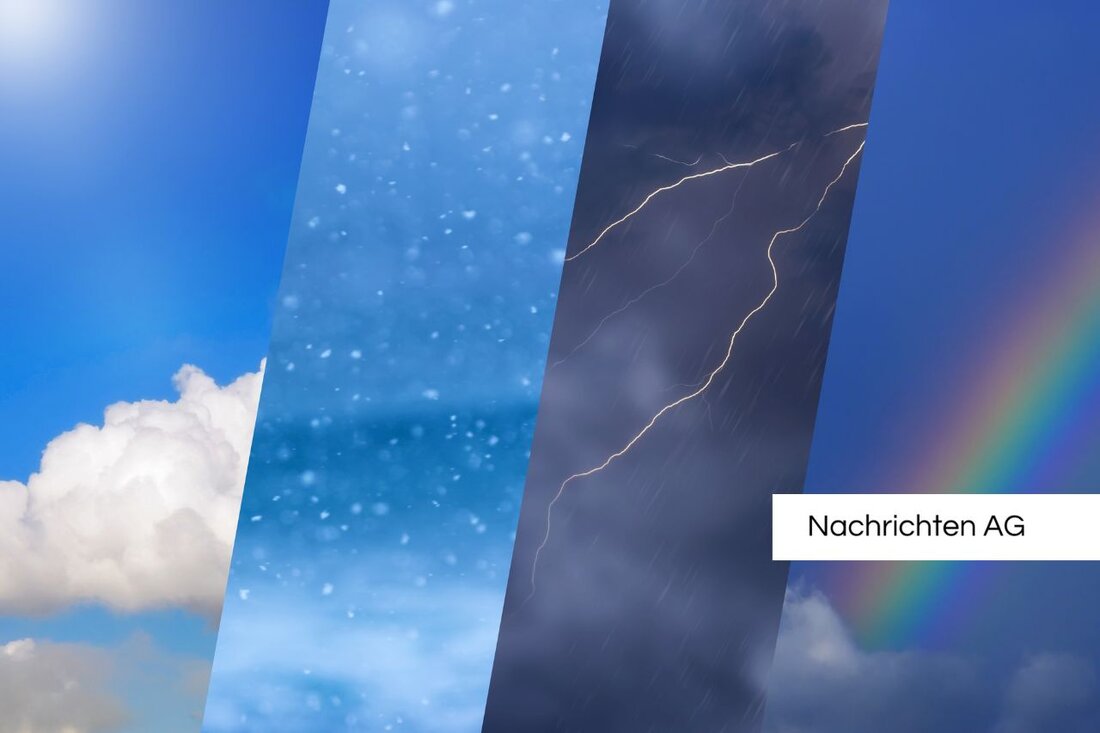Rescue fails: Russian alpinist trapped in the death zone
Russian alpinist Natalia Nagowizina is trapped on Pik Pobeda. Rescue operation canceled due to extreme conditions.

Rescue fails: Russian alpinist trapped in the death zone
The dramatic rescue operation for the 48-year-old Russian alpinist Natalia Nagovizina on Pik Pobeda was canceled after twelve days on August 24, 2025. Nagovizina has been stuck at an altitude of over 7,000 meters since August 12th with a serious leg injury. The mighty Jengish Chokusu, as the peak is officially called, rises majestically to 7,439 meters and is considered extremely challenging.
Despite the tireless efforts, the Kyrgyz authorities had to suspend the recovery mission due to extreme weather conditions. Storms, ice collapses and temperatures down to minus 30 degrees contributed to the impossibility of rescue operations. Dmitry Grekov, the head of the base camp, admitted that it was impossible to get to Nagovitsina. This is made particularly difficult as historical data shows that no one has ever been rescued from this height from Pik Pobeda.
Challenges during the rescue mission
The rescue mission was marked by numerous setbacks. A successful attempt to help came from experienced alpinist Luca Sinigaglia, who brought relief supplies to Nagovizina on August 15th. Unfortunately, he had to give up shortly afterwards due to hypothermia and lack of oxygen. His body was later recovered by Italian forces using a helicopter.
Several teams were committed to reach Nagovizina. A Kyrgyz Defense Ministry helicopter was forced to make an emergency landing on August 16 due to severe weather conditions, while another rescue team had to turn back due to poor visibility. The team led by experienced mountaineer Vitali Akimow came within about 1,100 meters of Nagovitsina's location, but this team also had to abort the mission due to Akimow's back pain. Experts estimate Nagovizina's chances of survival as extremely low; it is unclear whether she is still alive.
Survival strategies at extreme altitudes
Nagowizina's situation serves as a sobering reminder of the dangers of mountaineering at such altitudes. According to the guidelines of renowned mountaineers, alpinists must know in advance about their abilities and the weather conditions. Having the right equipment, which includes everything from food to first aid kits, is critical to survival. A backpack should be waterproof and breathable, while clothing should be tailored to the conditions.
Important equipment includes a satellite phone for wireless areas, a GPS device, and sufficient supplies of water and food, which must be available even in extreme situations. Survival skills originally developed for the military are essential in emergencies. This knowledge can mean the difference between life and death when unforeseen events occur, such as injuries or sudden changes in the weather.
The tragedy of Natalia Nagowizina is not only a story about battling the elements, but also a reminder of the importance of preparation and resilience in mountaineering. Unfortunately, the Kyrgyz authorities have not expressed hope of resuming the rescue mission this year.
Vienna.at reported that the rescue operation was finally called off. Loud 20 minutes the air missions and ground teams failed given the extreme conditions. Also give Bergsteiger.de Important information about the necessary survival strategies in dangerous situations.

 Suche
Suche
 Mein Konto
Mein Konto
